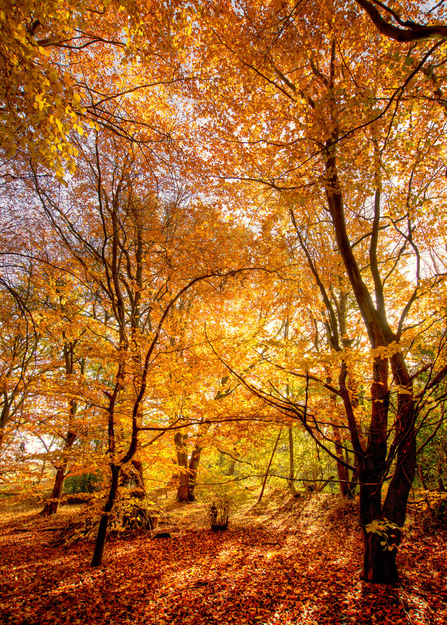A popular American autumn pastime is ‘leaf peeping’ – travelling to witness and photograph the glory of the New England woodlands in the fall. It’s a horrible phrase, but a fabulous experience.
Here in Britain we may not be able to boast the expanses of deciduous forest they have in the States, but there’s still plenty of glorious glowing autumn colour around for us to wonder at. If you’d like to know the whys and hows, read on.











